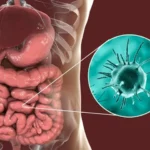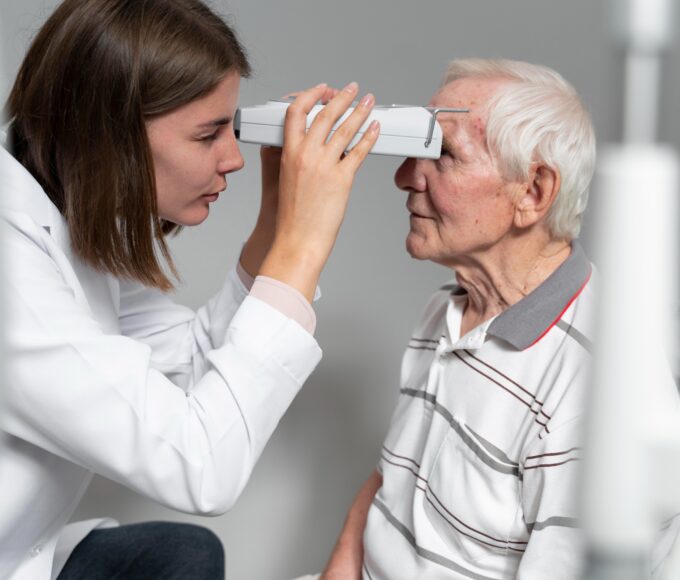Fat reduction has become a popular goal for many seeking to improve their body contour and boost confidence. With advancements in cosmetic treatments, individuals now have multiple options to target stubborn fat areas that resist diet and exercise. Two primary approaches are surgical liposuction and non-surgical fat reduction techniques. This blog explores both methods to help you understand their differences, benefits, and which option might be best for your needs.
Understanding Liposuction Surgery and Non-Surgical Fat Reduction
Liposuction surgery is a well-established, invasive procedure that physically removes fat deposits through suction. It is designed to target specific areas of the body where fat tends to accumulate, such as the abdomen, thighs, and arms. In contrast, non-surgical fat reduction uses various technologies like cooling, heat, or injections to break down fat cells gradually without incisions or anesthesia.
Choosing between these approaches depends on factors such as the amount of fat to be removed, recovery time, and personal preferences. In Riyadh, Liposuction in Riyadh(شفط الدهون في الرياض) is widely sought after due to the availability of skilled surgeons and advanced surgical techniques, offering effective and lasting body contouring results.
How Liposuction Surgery Works
Liposuction involves making small incisions through which a cannula is inserted to loosen and suction out fat cells. The procedure is performed under local or general anesthesia depending on the extent of treatment. It provides immediate and significant fat removal, making it ideal for patients with moderate to large fat deposits.
Key Benefits of Liposuction Surgery
Precise fat removal: Surgeons can sculpt and contour the body with high accuracy.
Permanent results: Fat cells are physically removed, so they do not return if a healthy lifestyle is maintained.
Versatility: Can treat multiple body areas in one session.
Improved body shape: Dramatic improvements in silhouette and proportion.
However, liposuction requires a recovery period involving swelling, bruising, and some discomfort. Patients usually need to avoid strenuous activities for a few weeks to ensure optimal healing.
Exploring Non-Surgical Fat Reduction Options
Non-surgical fat reduction includes treatments such as cryolipolysis (fat freezing), radiofrequency therapy, laser lipolysis, and ultrasound fat reduction. These methods work by damaging fat cells through controlled cooling, heating, or other energy-based technologies, which the body then naturally eliminates over time.
Advantages of Non-Surgical Fat Reduction
Minimally invasive: No incisions, anesthesia, or significant downtime.
Gradual results: Fat reduction occurs over weeks to months, allowing discreet treatment.
Lower risk: Minimal side effects and complications.
Convenience: Suitable for busy individuals who cannot afford surgical recovery.
Despite these benefits, non-surgical methods typically reduce fat volume more modestly and are best suited for patients with smaller fat pockets. Multiple sessions may be required to achieve desired results.
Comparing Effectiveness and Suitability
When deciding between liposuction surgery and non-surgical fat reduction, consider the following points:
| Aspect | Liposuction Surgery | Non-Surgical Fat Reduction |
|---|---|---|
| Fat removal amount | Significant and immediate | Mild to moderate, gradual |
| Invasiveness | Surgical, requires incisions and anesthesia | Non-invasive or minimally invasive |
| Recovery time | Several weeks | Minimal to none |
| Suitability | Best for moderate to large fat deposits | Ideal for small, localized fat pockets |
| Risk and side effects | Higher risk of bruising, swelling, infection | Minimal side effects, mostly temporary redness or numbness |
| Results timeline | Visible immediately, final results in months | Results appear gradually over weeks/months |
Patients with significant fat accumulation or those seeking dramatic contour changes often find liposuction surgery more effective. Conversely, individuals wanting subtle improvements without surgery may prefer non-surgical treatments.
Why Consider Liposuction in Riyadh?
Riyadh has become a hub for cosmetic procedures, including Liposuction in Riyadh, due to its access to expert surgeons and modern medical facilities. Patients benefit from personalized consultations, advanced surgical techniques, and comprehensive post-operative care. The city’s medical community also respects cultural values, ensuring privacy and comfort throughout the treatment journey.
Preparing for Your Fat Reduction Procedure
Regardless of the method chosen, preparation is vital for safety and optimal outcomes. For liposuction surgery, patients undergo a thorough medical evaluation, avoid certain medications, and follow pre-surgery instructions carefully. Non-surgical treatments require less preparation but still benefit from consultation to discuss expectations and contraindications.
Post-Treatment Care and Maintenance
After liposuction surgery, patients should expect some swelling and bruising, requiring rest and wearing compression garments. Non-surgical treatments usually have minimal downtime, with mild redness or numbness resolving quickly.
Maintaining results from either procedure depends on a balanced diet and regular exercise. Neither liposuction nor non-surgical fat reduction is a substitute for a healthy lifestyle but rather a complement to it.
Making the Right Choice for You
Both liposuction surgery and non-surgical fat reduction have their place in body contouring. Your decision should be based on:
The amount of fat you want to reduce
Your tolerance for surgery and recovery
Desired speed and extent of results
Personal health and medical history
Professional advice from qualified practitioners
Consulting with experienced specialists in Riyadh can help tailor a treatment plan that aligns with your goals and lifestyle.
Frequently Asked Questions
Q1: How long do results from liposuction surgery last compared to non-surgical fat reduction?
Results from liposuction are generally permanent as fat cells are removed, while non-surgical methods reduce fat gradually and may require maintenance treatments to sustain results.
Q2: Is liposuction surgery painful, and what is the recovery like?
Liposuction is performed under anesthesia, so pain during surgery is minimal, but post-operative discomfort, swelling, and bruising are common. Recovery typically takes a few weeks.
Q3: Can non-surgical fat reduction replace liposuction for large fat deposits?
Non-surgical treatments are best for small, localized fat pockets and are not recommended for significant fat removal, where liposuction is more effective.
Q4: Are there any risks associated with non-surgical fat reduction?
Risks are minimal and may include temporary redness, swelling, or numbness, which usually resolve quickly without lasting effects.
Q5: How do I know which fat reduction method is suitable for me?
A thorough consultation with a qualified specialist will assess your body type, fat distribution, health status, and goals to recommend the most appropriate treatment.















Leave a comment